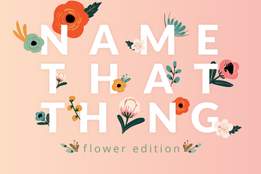What is a conjunction?
Conjunctions are words that join together other words or groups of words. There are three types: coordinating conjunctions, subordinating conjunctions, and correlative conjunctions. Don't be scared of words like correlative, subordinating, and coordinating; they are not going to hurt you, and we'll explain their meanings in just a minute.
What is a coordinating conjunction?
Coordinating conjunctions join together words, or groups of words, that are of equal importance or weight.
The farm grows peaches, plums, and apricots.
I can meet before 11 or after 2.
The meal was very good but quite expensive.
I knew it had been raining—for her umbrella was wet.
I don’t know where the key is, nor would I tell you if I did.
The dress is simple yet elegant.
Everyone was reading, so things were very quiet.
When placed at the beginning of a sentence, a coordinating conjunction may also link two sentences or paragraphs.
The preparations were complete. But where were the guests?
She told him that he would have to work to earn her trust. And he proceeded to do just that.
What is a subordinating conjunction?
A subordinating conjunction introduces a subordinate clause (a group of words that has a subject and verb but that does not form a simple sentence by itself) and joins it to a main clause (a group of words that can be used as a simple sentence by itself).
She waited until they were seated.
It has been about 20 minutes since they left.
Don’t call unless you’re coming.
I get up early so I can go for a walk before work.
They were undecided whether to go or stay.
What is a correlative conjunction?
Correlative conjunctions are used in pairs. They link alternatives or equal elements.
Either you reply or I will.
Both Jane and Jill attended.
Neither students nor staff are required to attend.
The gift included not only books but also money.




